Limone sul Garda’s lemon houses are both beautiful and ingenious. Built back in the 15th century, they allowed Italy’s Lake Garda to become the northernmost spot in Europe in which lemons were grown. In fact, they were so successful that the area became a thriving lemon exporter, thrashing most of the surrounding competition and shipping lemons all over Europe, Russia and the Ottoman empire.
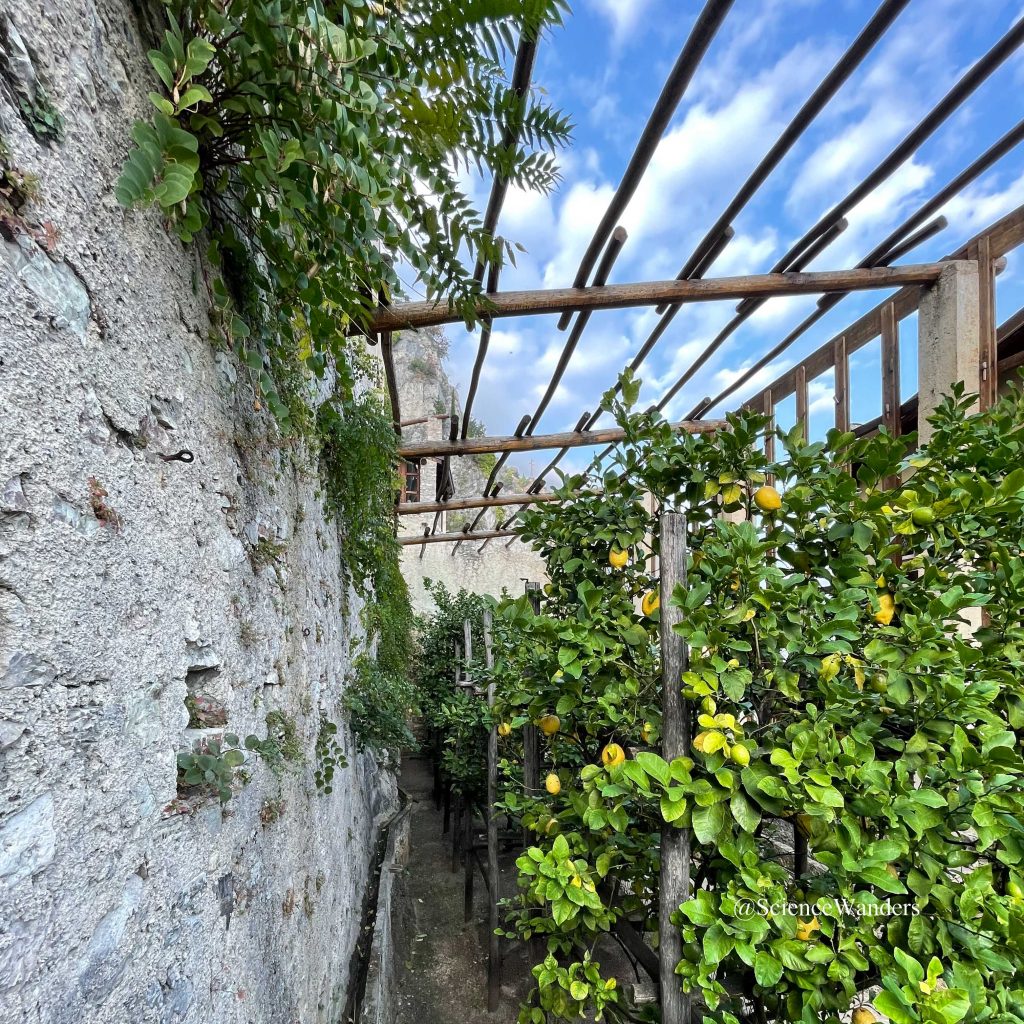
The design of the lemon houses, known as limonaie locally, worked hand in hand with the land and the area’s characteristics. So much so, that they were described as “a third Nature” by a contemporary Italian writer, Jacopo Bonafidio.
Limone is one of the many small towns along the shores of lake Garda, Italy’s largest lake. The lake creates a microclimate, with milder winters and less oppressive summers than surrounding areas. Limone itself is at the base of mountains and faces south-east, allowing it to soak up the sun and sheltering it from great winds. This is where the help from the land ends, and man takes over.
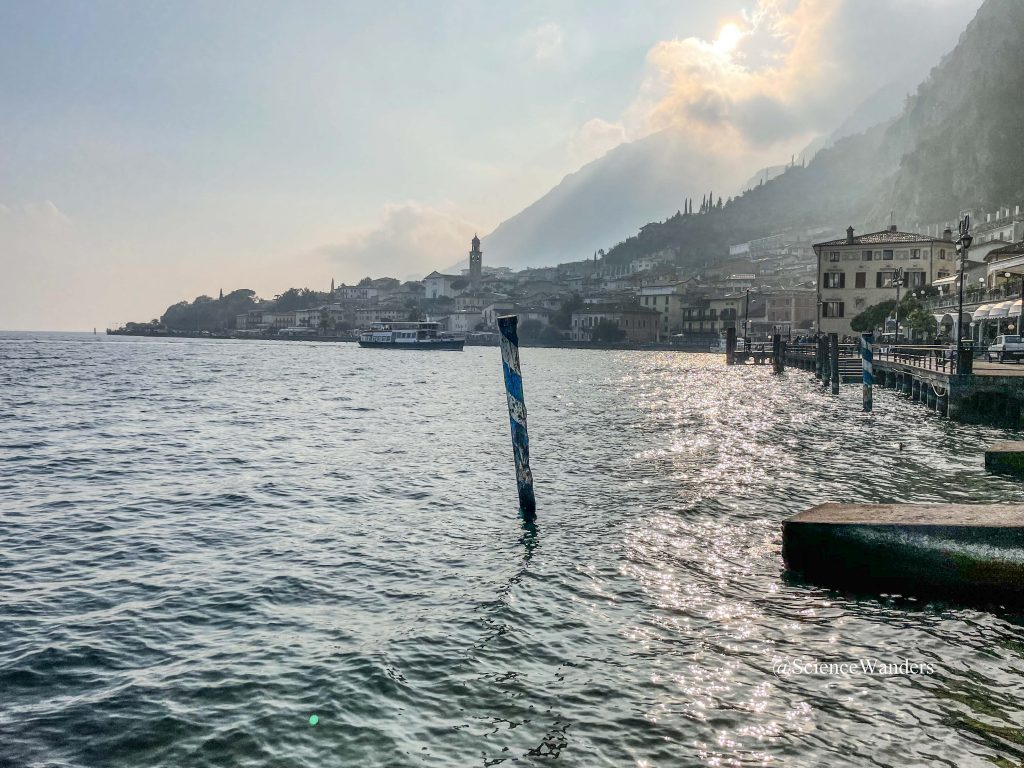
Carved out of the mountain slopes by man are stepped terraces, used to cultivate citrus, olive trees and grapes. Such terraces can be seen in a multitude of countries, but the lemon houses go one step further.
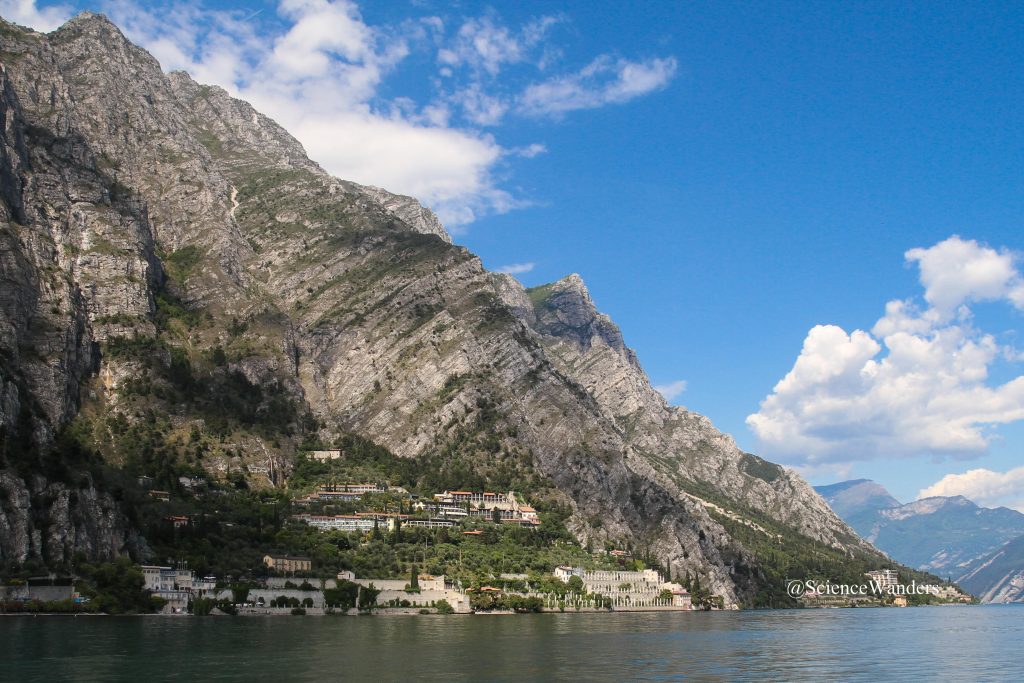
Large stone walls were built to further protect the trees from winds at the back and sides of each lemon grove. Along the remaining perimeter, facing the lake and sun, thin pillars were built, supporting a network of wooden beams. These are put into use in winter – holding up glass panels and a wooden roof, turning the structures into seasonal greenhouses. When temperatures drop too low for this to be enough, fires are lit inside the structure. Each spring, the glass panels and wooden roof are taken down again. This way, each lemon grove had its own modifiable house depending on the season.
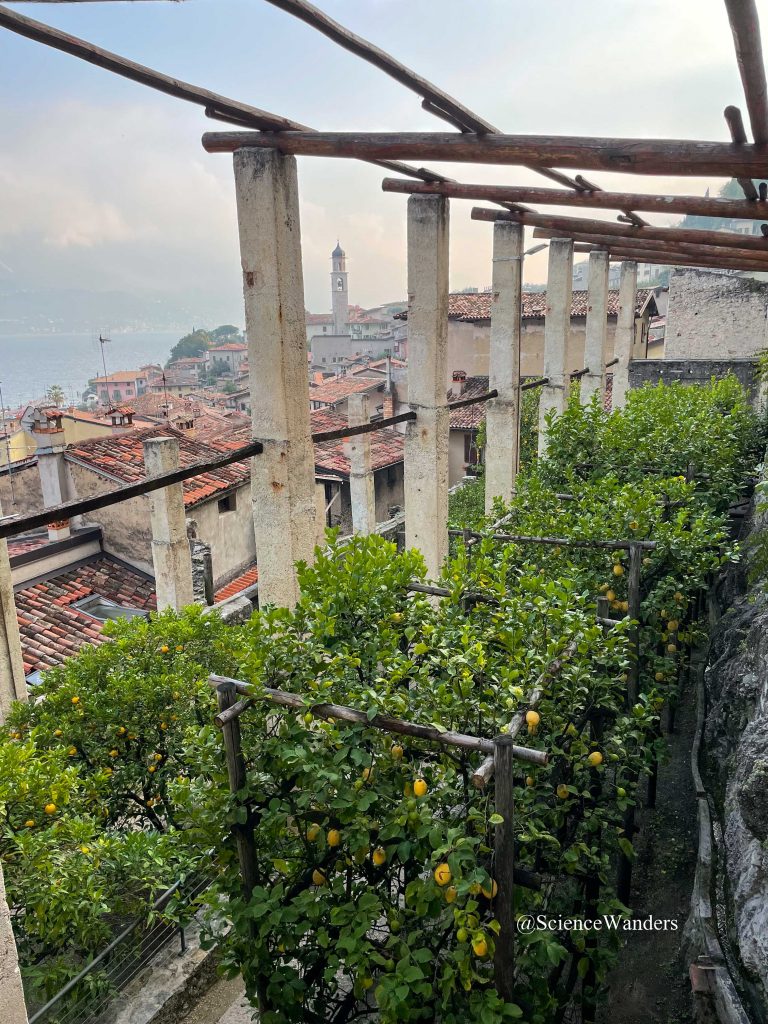
Inside this structure, the lemon trees themselves are further supported by wooden scaffolding which mirror the house’s wooden beams. These allow them to grow taller than they otherwise would if left to their own devices. Water is distributed to each tree separately using a very precise irrigation system. Lemon trees need lots of water to grow and this minimises any water wastage.
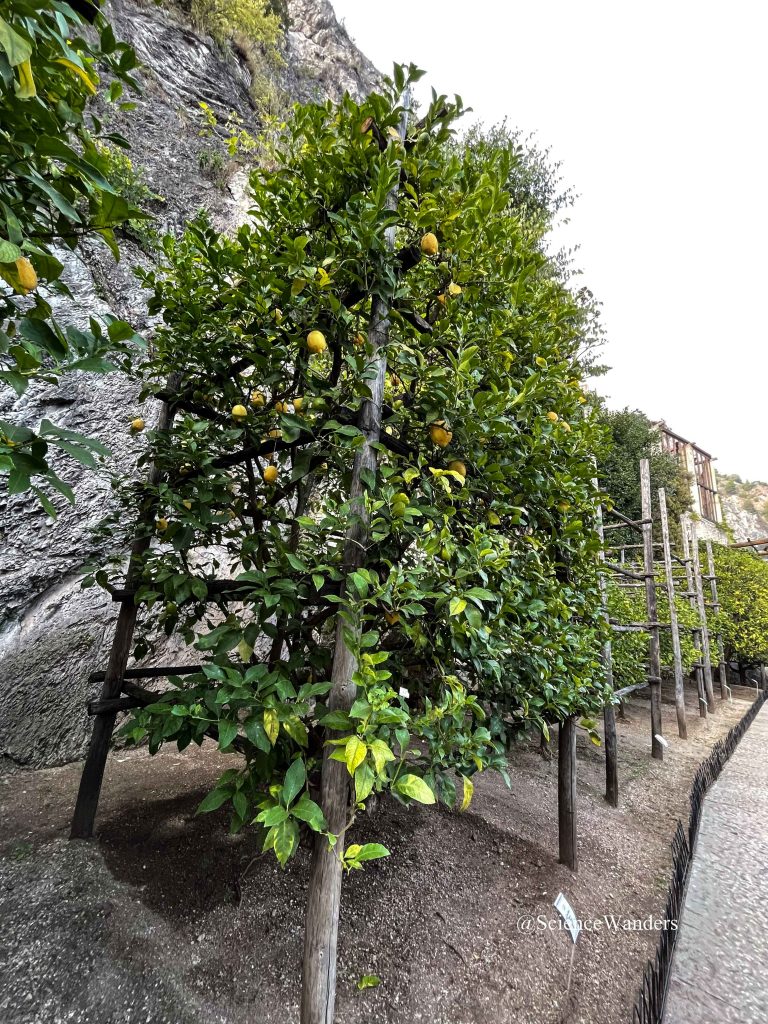
I write in the present tense, because a few of these lemon houses are still in use or partially so. I was lucky enough to stumble across one such: La Limonaia del Castel. Unfortunately though, most have crumbled away or been turned into hotels, with lemon growing having been partially abandoned thanks to a combination of factors which were too weighty against the intense labor needed for each lemon house. These include the spread of various tree diseases, an extreme increase in tourism to the area, a decrease in the value of lemons and improvements in transportation which opened up many more lemon suppliers.
However, Limone is still the place to go if you want anything lemon-related. If you can dream of it, it’s probably there, ranging from the obvious limoncellos, sorbets and lemon jams, to more quirky lemon chocolate and lemon pastas. The village is understandably proud of its lemon heritage. Each house’s doorbell is in fact decorated with a little lemon. Sitting in a waterfront café, sipping a Limoncello Spritz, it’s the thought of a “third nature” that kept returning though. Maybe this is Limone’s true heritage – a beautiful example of what man can do when it works with nature rather than against it.